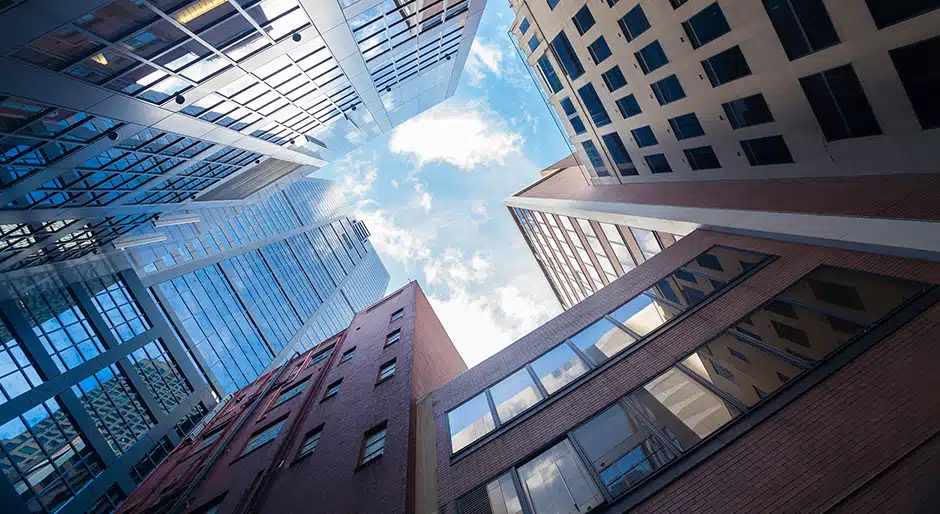Commercial real estate fundamentals soften in H1 2017
Commercial real estate fundamentals softened in the first half of 2017, although conditions remained generally healthy, according to Deutsche Asset Management’s 2017 Mid-Year U.S. Real Estate Strategic Outlook report.
Overall, vacancy rates edged up slightly, although they remained below pre-crisis lows, and net operating income growth slipped to 4.5 percent year-over-year from a cycle-high of 8.2 percent in 2014. The slowdown was concentrated in the apartment sector, where an influx of supply put modest upward pressure on vacancy rates. Office fundamentals also moderated in a few key cities grappling with economic challenges and an uptick in supply, which include New York, Washington, D.C., and Houston. The industrial sector generated NOI growth of 7.1 percent year-over-year, nearly a record pace.
Total returns to unlevered core assets stabilized to 7 percent in the second quarter (trailing four quarters) from 8 percent in 2016 for several reasons, including interest-rate volatility after the U.S. election and a modest slowdown of net operating income growth, but monthly data indicated that prices firmed in the spring.
Deutsche expects the commercial real estate market will remain solid in 2017 and 2018. On the demand side, the economy, to which real estate absorption has a 0.9 correlation, is expected to sustain its moderate growth trend of 2 percent to 2.5 percent annually. On the supply side, the pipeline of projects under way indicates that deliveries should remain broadly stable on a national basis. Tight vacancies and the rolling of in-place rents to higher market rates should support NOI growth of 4 percent to 5 percent annually in the aggregate across sectors and markets over the next two years.
Overall, Deutsche expects that strong underlying fundamentals, offset by a gradual increase in interest rates, will sustain moderate total returns of about 6 percent to 7 percent annually in 2017 and 2018 and 5 percent to 5.5 percent annually through 2021. Income, rather than appreciation, will be the primary driver of returns, as it has been historically. However, the report expects to see considerable dispersion across the real estate universe, creating opportunities to outperform through judicious sector and market selection.
However, the outlook for commercial real estate remains positive. Fundamentals are on a solid footing, while vacancy rates are near 15-year lows, an expanding economy continues to generate demand from residential and corporate occupiers, and supply remains generally disciplined.

